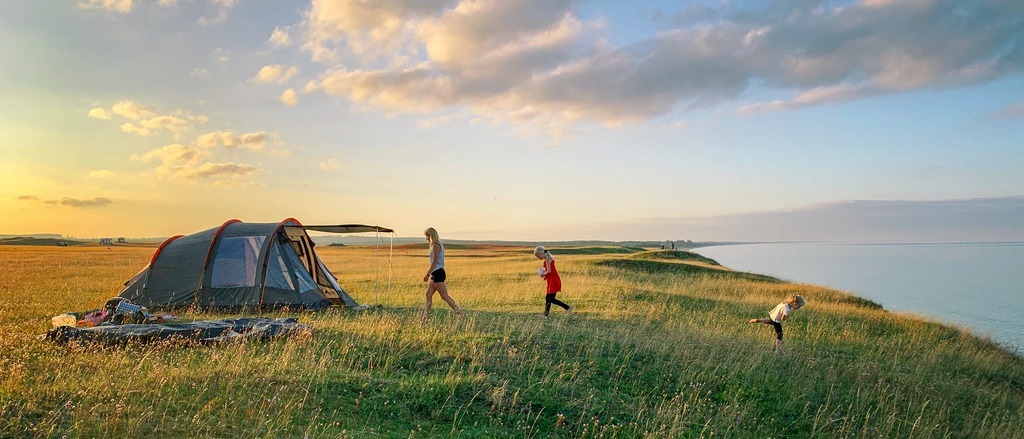




Check out this travel tip from Jack`s Flight Club
https://jacksflightclub.com/travel-hub/undefined

Currently based in Plymouth, you’ll likely find Lauren out on the waves. When she’s not falling off a paddleboard, you’ll catch her hunting for bargain flights, cheap enough to make up for the dreaded 3-hour Megabus to the airport.
By signing up, you're agreeing to our privacy policy and terms and receiving deal alerts and travel related inspiration by email. This site is protected by reCAPTCHA and the Google Privacy Policy and Terms of Service apply.
